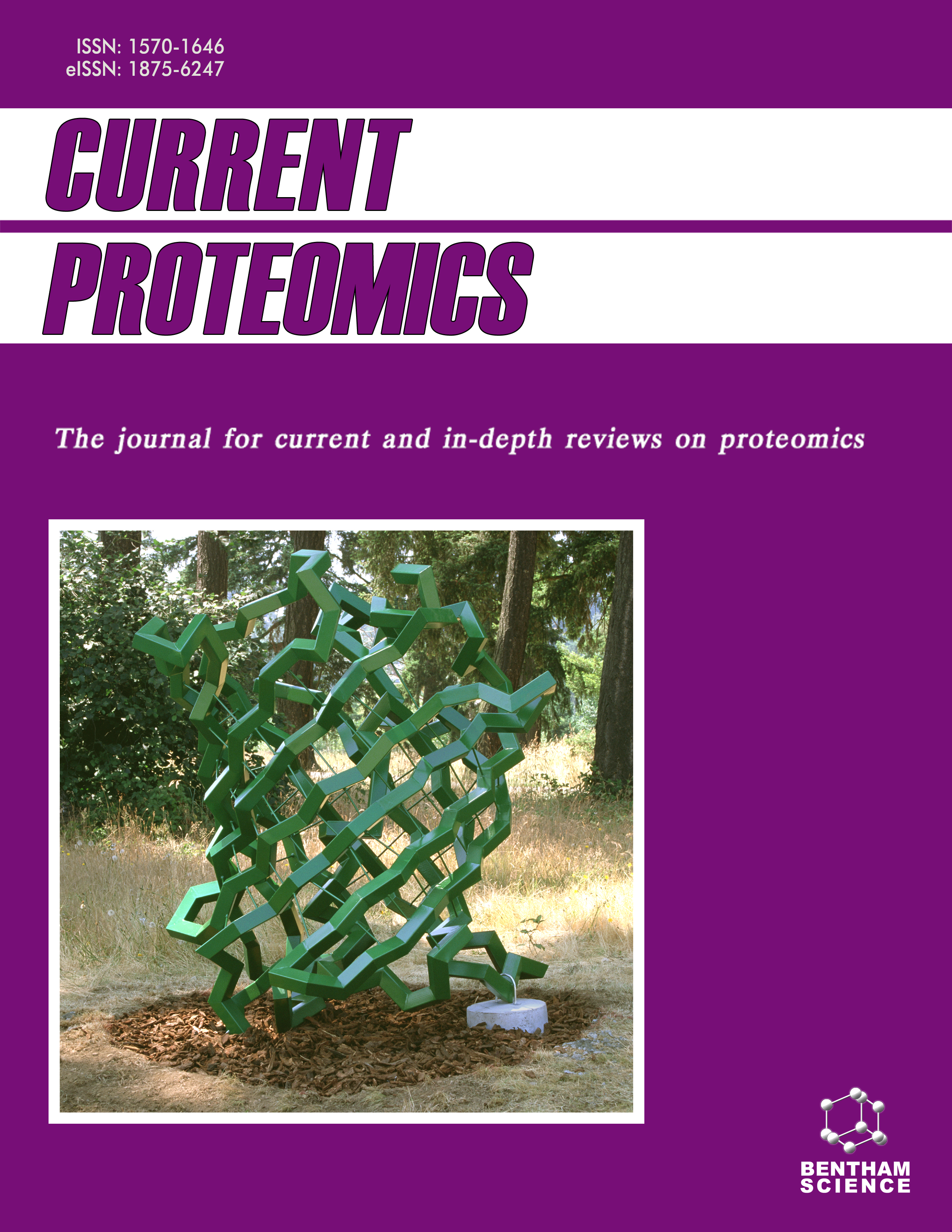
Full text loading...
The stability of Rho depends on its amino acids, protein structures, oligomerization, strong interactions, salt bridges, and bonding patterns. A single amino acid change can alter the protein's tertiary structure. Rhomboids cut misfolded membranes. They regulate protein synthesis, mitochondrial integrity, parasite invasion, and growth factor secretion. Research into these proteins and their inhibitors can improve therapeutic targeting of the Rho protein, which reduces type II diabetes and Parkinson's disease.
The primary aim is to examine Antarctic Rho sequences, amino acid contents, and active domains. Additionally, modeling tools will be used to build three-dimensional Rho structures from extremophiles. Docking simulations determine the predicted proteases' proteolytic and aminopeptidase activity.
PATRIC discovered Antarctic Rho—MAFFT-aligned structures. Meanwhile, InterProScan and ProtParam determined the amino acid content and active domain. To foretell the 3D structure of proteins, I-TASSER, CB-Dock, and Discovery Studio were used.
Rhomboid gene alignments amongst Antarctica isolates show that protein evolution was limited at cold temperatures. All isolated proteins had similar active domains and amino acid sequences. Rhombic structure and proteolytic activity have not changed appreciably across evolution. A spatial arrangement of Rho reduces resilience. Antarctic Rho contained critical amino acid residues LEU (292, 251, 252, 289) and ALA 304.
Antarctic isolates' Rhomboid alignment demonstrates restricted evolution, possibly via bacterial horizontal gene transfer. Despite multiple actions, active domain presence is maintained physically and functionally. Bacterial Rhomboids are therapeutic targets due to their rising role in various illnesses.

Article metrics loading...

Full text loading...
References


Data & Media loading...

